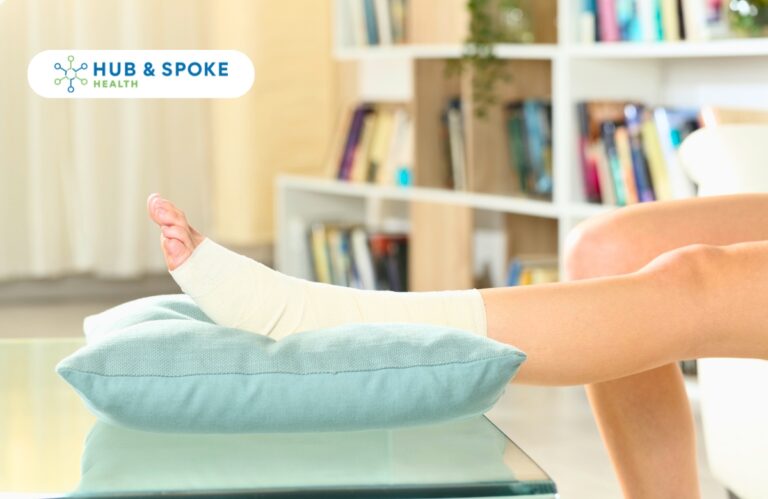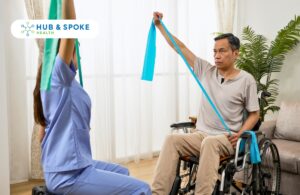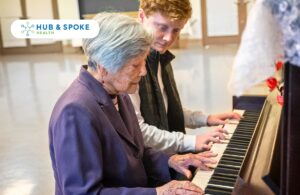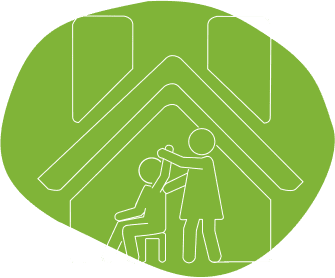Did you know that incorporating short bursts of activity into your daily routine could potentially lower your risk of developing cancer? While it may sound too good to be true, recent research suggests that even small amounts of physical activity can have significant health benefits.
Cancer remains one of the leading causes of death worldwide, and finding effective prevention strategies is crucial. Traditional recommendations have focused on engaging in moderate to vigorous activity for extended periods. However, this approach can be challenging for many individuals to maintain consistently.
Fortunately, a growing body of evidence suggests that short bursts of activity, known as high-intensity interval training (HIIT), may offer a more attainable and effective way to reduce your cancer risk.
Exercise and the risk of cancer
Exercise has been shown to have several protective effects against cancer. These include:
- Helping to maintain a healthy weight: Excess weight is a risk factor for several types of cancer, including endometrial, colon, and kidney cancer. Exercise can help you maintain a healthy weight by burning calories and helping you build muscle mass.
- Reducing inflammation: Inflammation is a key factor in the development of cancer. Exercise can help reduce inflammation by decreasing levels of inflammation-causing proteins in the body.
- Improving the immune system: The immune system is responsible for fighting off cancer cells. Exercise can help improve the function of the immune system, making it more effective at detecting and destroying cancer cells.
- Reducing levels of hormones that can promote cancer growth: Some hormones, such as estrogen and testosterone, can promote the growth of certain types of cancer. Exercise can help reduce the levels of these hormones in the body.
In addition to these general protective effects, exercise has also been shown to have specific protective effects against certain types of cancer.
The risk of several types of cancer is reduced by physical activity
- Breast cancer: Regular exercise can reduce the risk of breast cancer by up to 21%.
- Colon cancer: Regular exercise can reduce the risk of colon cancer by up to 19%.
- Endometrial cancer: Regular exercise can reduce the risk of endometrial cancer by up to 20%.
- Esophageal cancer: Regular exercise can reduce the risk of esophageal cancer by up to 21%.
- Kidney (renal cell) cancer: Regular exercise can reduce the risk of kidney cancer by up to 23%.
- Stomach (gastric) cancer: Regular exercise can reduce the risk of kidney cancer by up to 19%.
The American Cancer Society recommends that adults get at least 150 minutes of moderate-intensity aerobic activity or 75 minutes of vigorous-intensity aerobic activity each week. Adults should also do muscle-strengthening activities that work all major muscle groups (legs, hips, back, abdomen, chest, shoulders, and arms) on 2 or more days each week.
Short, intense workouts may reduce your risk of cancer
According to a recent study published in JAMA Oncology, even a small amount of accidental physical activity that leaves us breathless can help reduce the risk of cancer.
The activity of 22,398 people who identified as “non-exercisers” and wore activity trackers for seven days was monitored by researchers from the University of Sydney in the study. The health results of the individuals, who were on average 62 years old, were then tracked for seven years.
When compared to those who did not raise their heart rate at all, they discovered that 312 minutes of vigorous intermittent lifestyle physical activity (VILPA) per day was associated with an 18% reduction in cancer incidence, while 412 minutes a day was associated with a 32% reduction in physical activity-related cancer incidence.
Although study participants did not engage in any structured exercise, around 94% reported some [VILPA], with 92% performing it in very short bursts lasting up to one minute.
Other ways to reduce cancer risk
In addition to exercise, there are other things you can do to reduce your risk of cancer, such as:
- Eating a healthy diet
- Not smoking
- Limiting alcohol consumption
- Getting regular screenings for certain types of cancer

Final thoughts
Incorporating short bursts of activity into daily living not only helps reduce your cancer risk but also improves your overall health and well-being.
So, why wait? Start taking those quick walks, dancing in your living room, or even playing a game of tag with your kids. Every little burst of movement counts, and it could make a big difference in your life.
If you are not currently active, start slowly and gradually increase the amount of time you spend being active each week. Talk to your doctor before starting a new exercise program, especially if you have any health concerns.
Remember, your health is in your hands, so let’s get moving and lower that cancer risk together!
Book an appointment with us today! Our team of experts will lead you down the best treatment path for your recovery.
Author
-

Hub & Spoke is a unique Allied Health service that delivers the latest in therapies and treatments to you both in-home or at work to make health care accessible to everyone.
View all posts

















